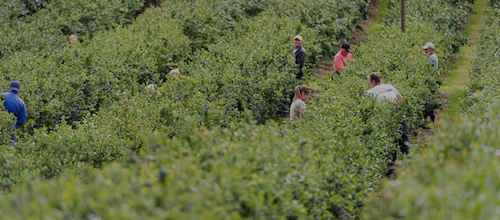
Guide rapide : Que signifie le GPSR pour la sécurité des produits dans l'UE ?
Guides Tests en laboratoire Biens de consommation

De la survie à la confiance : Le cadre en 5 étapes pour aider votre chaîne d'approvisionnement de la mode à prospérer
Guides Tests en laboratoire Biens de consommation

Étude de Cas : Yoorin Fertilizantes - Pionniers dans la Certification Regenera for Inputs
Étude de cas Alimentation

Nos Solutions pour le Secteur Agricole
Guides Alimentation
Recevez les dernières informations de QIMA
Se désabonner à tout moment. Lire notre politique de confidentialité.




